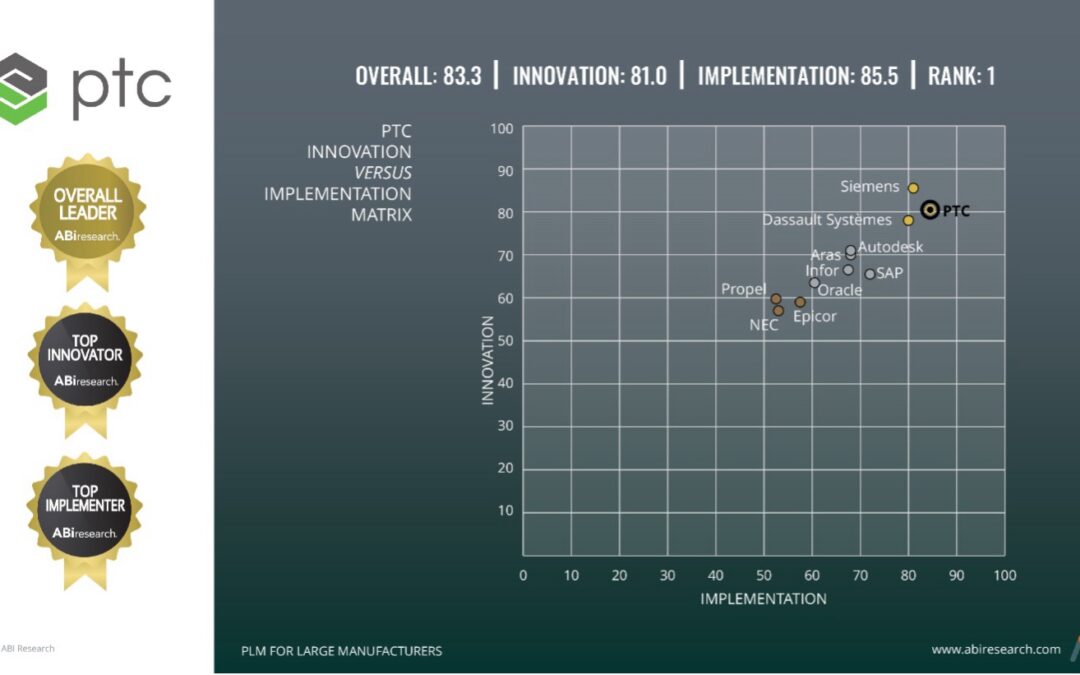Today, innovators like Airbus, Volocopter GmbH, and Urban Aeronautics are making headlines with their unveiling of unmanned aerial vehicles (UAVs) and vertical take-off and landing vehicles (VTOLs). Although still in its infancy, the global urban air mobility (UAM) market is projected to reach $23.42 billion (USD) in revenue and achieve a 16.7% compound annual growth rate (CAGR) by 20321....





